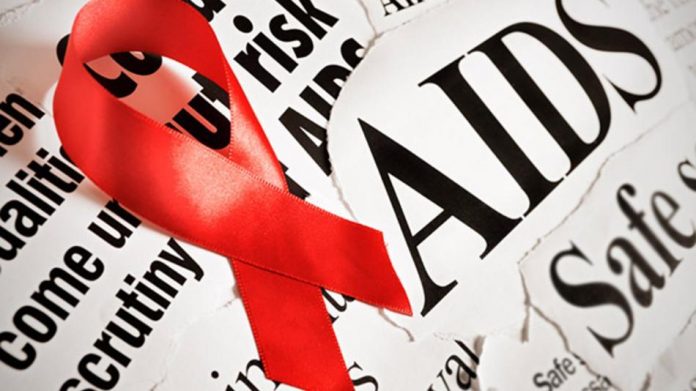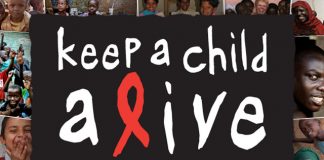Recent data released by the US Presidential Emergency Plan for AIDS Relief, PEPFAR, shows that the HIV epidemic is nearing control in five Southern African countries – namely Lesotho, Malawi, Swaziland, Zambia and Zimbabwe, as well as Uganda. This is collaborated by the Population-based HIV Impact Assessments, or PHIAs, funded by PEPFAR.
Data from the five Southern African countries and Uganda, was obtained via PHIAs, funded by the U.S. government through PEPFAR and conducted by the US Centers for Disease Control, CDC, and ICAP at Columbia University’s Mailman School of Public Health and local governmental and non-governmental partners.
The latest data also shows that the previously expanding epidemic in Uganda has now stabilized mostly due to increases in coverage of voluntary medical male circumcision for HIV prevention and expansion of HIV treatment.
The new Lesotho PHIA results show that HIV viral load suppression, the key marker of the body controlling the virus, has achieved over 67 percent among all HIV-positive adults aged 15-59 showing that the country is on track to achieve epidemic control by 2020.”CDC is so pleased to contribute to the global HIV response, working with ministries of health and other partners on science-based solutions that are transforming some of the world’s most severe HIV epidemics,” CDC Director, Dr. Brenda Fitzgerald, said in a press release. “National surveys are critical to show the impact of efforts and to chart the path to fully achieve HIV epidemic control.”
The PHIA results show significant progress, but also gaps in HIV prevention and treatment for younger men and women. Results from all six surveys found that women and men under age 35 were less likely than older adults to know their HIV status, be receiving treatment for HIV or be virally suppressed.
Dr. Wafaa El-Sadr, the global director of ICAP said, “The findings from the six countries provide a report card on the global and local efforts in confronting the HIV epidemics while at the same time help in shaping a blueprint for their future course as they continue their quest to stem this epidemic”. According to him, the gaps identified in reaching young women and men are relevant to many other countries around the world, and addressing them is critically important to achieving the ultimate goal of ending the epidemic.


















